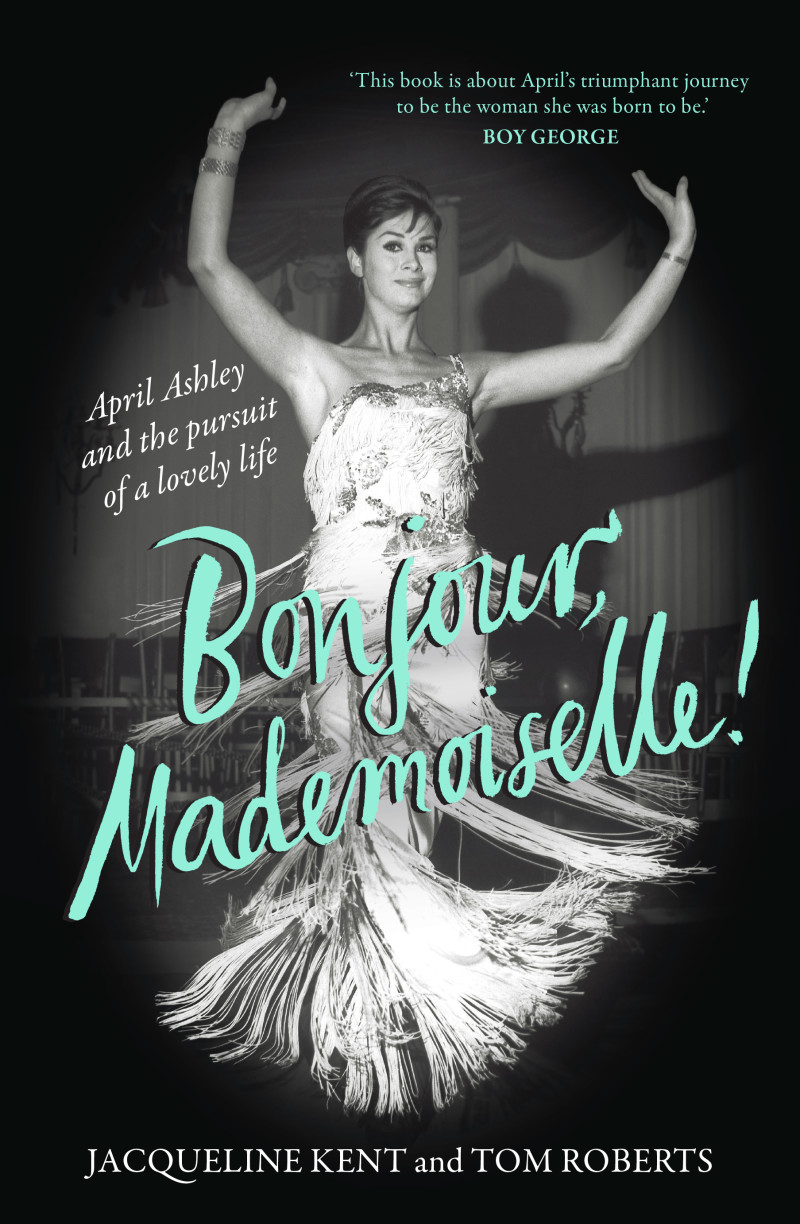Changing Fortunes: A history of the Australian treasury
Melbourne University Press, $44.99 pb, 544 pp, 9780522873887
Changing Fortunes: A history of the Australian treasury by Paul Tilley
Paul Tilley classes the Treasury, now housed in Canberra, as ‘one of Australia’s great enduring institutions’. It began humbly in 1901, in a smallish stone building that still stands at the corner of Collins and Spring Streets in Melbourne. That handsome structure appears to be just about the correct size for its initial staff of five. Just across the street stands a statue of Sir William Clarke, a rich pastoralist of that era who, had he sold some of his properties and sheep, might easily have paid for all the salary cheques signed by the nation’s Treasury in its first weeks.
George Allen, son of a Geelong bootmaker, was the first secretary or head of the Treasury. Transferred from Victoria’s own Treasury, which stood only a punt kick away, he saw himself primarily as a bookkeeper and accountant. But in an infant federal government with only a few ministers and departments, the federal Treasury was soon assigned other tasks. In the first decade, it opened an Audit Office, conducted by John Israel, and the Bureau of Census and Statistics led by Sir George Handley Knibbs.
Continue reading for only $10 per month. Subscribe and gain full access to Australian Book Review. Already a subscriber? Sign in. If you need assistance, feel free to contact us.















Leave a comment
If you are an ABR subscriber, you will need to sign in to post a comment.
If you have forgotten your sign in details, or if you receive an error message when trying to submit your comment, please email your comment (and the name of the article to which it relates) to ABR Comments. We will review your comment and, subject to approval, we will post it under your name.
Please note that all comments must be approved by ABR and comply with our Terms & Conditions.